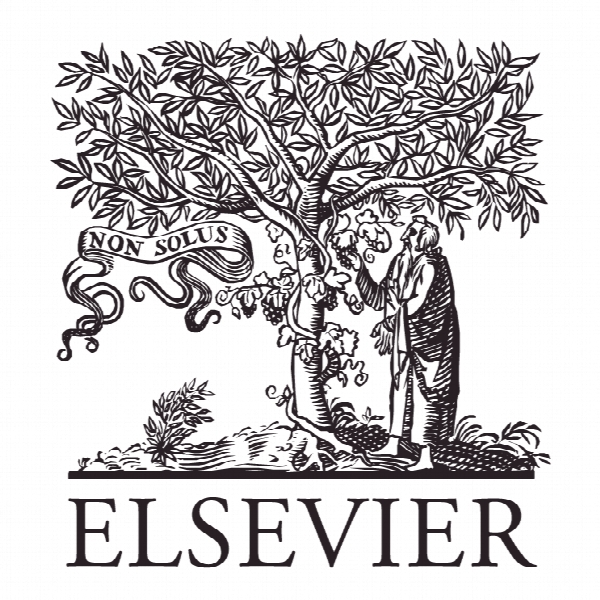نظریه بازی مبتنی بر چارچوب تشخیص نفوذ چند لایه برای VANET A game theory based multi layered intrusion detection framework for VANET
- نوع فایل : کتاب
- زبان : انگلیسی
- ناشر : Elsevier
- چاپ و سال / کشور: 2018
توضیحات
رشته های مرتبط اقتصاد، ریاضی، مهندسی کامپیوتر
گرایش های مرتبط اقتصاد ریاضی
مجله سیستم های کامپیوتری نسل آینده – Future Generation Computer Systems
دانشگاه Indian Institute of Technology – Guwahati – Assam – India
منتشر شده در نشریه الزویر
کلمات کلیدی سیستم تشخیص نفوذ (IDS)، شبکه متصل به وسایل نقلیه (VANET)، نظریه بازی
گرایش های مرتبط اقتصاد ریاضی
مجله سیستم های کامپیوتری نسل آینده – Future Generation Computer Systems
دانشگاه Indian Institute of Technology – Guwahati – Assam – India
منتشر شده در نشریه الزویر
کلمات کلیدی سیستم تشخیص نفوذ (IDS)، شبکه متصل به وسایل نقلیه (VANET)، نظریه بازی
Description
1. Introduction The concept of enabling vehicles with the capability to make transportation infrastructure more secure and efficient has received immense attention in recent years. This has lead to the emergence of Vehicular Ad-hoc Networks (VANETs), which are formed on the fl y by a network of vehicles equipped with multiple sensors and On Board Units (OBUs). The OBUs enable vehicles to connect with Road Side Units (RSUs) through a wireless short-range direct communication link based on the IEEE 802.11p radio frequency channel. VANET uses various type of notification messages like Post Crash Notifi- cation (PCN), Road Hazard Condition Notification (RHCN), Stopped/Slow Vehicle Advisor (SVA) etc., to provide vehicular communication. VANET uses 75 MHz of Dedicated Short Range Communications (DSRC) spectrum at 5.9 GHz to support IEEE 802.11p standard for communication among vehicles. DSRC provides a communication range of 300 to 1000 m with a data rate of more than 27 Mbps and supports a vehicular mobility as high as 200 Kmph [1]. The IEEE P1609 working group has proposed DSRC as IEEE 802.11p standard for Wireless Access in Vehicular Environment (WAVE) platform [2]. The DSRC based WAVE architecture supports two different protocol stacks namely, the WAVE Share Message Protocol (WSMP) and the traditional IPv6 protocol. Time sensitive and high priority communication are achieved using the WSMP, while the less demanding communication involving the UDP/TCP/IP data frames are achieved using the IPv6 protocol. As shown in the Fig. 1, the DSRC spectrum band is divided into seven channels of 10 MHz each.


